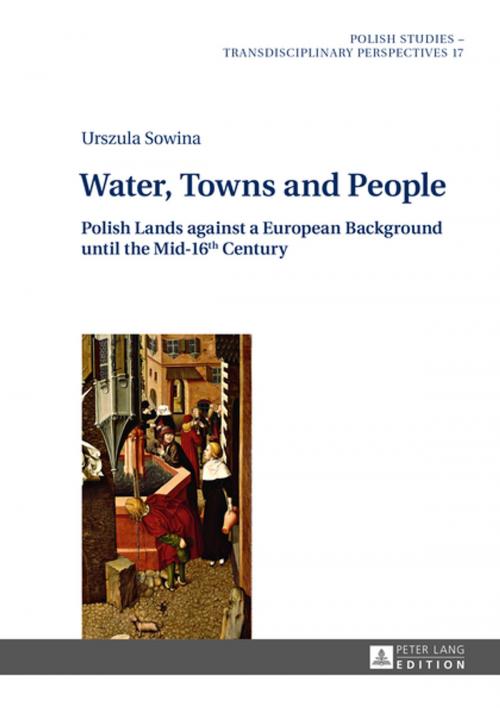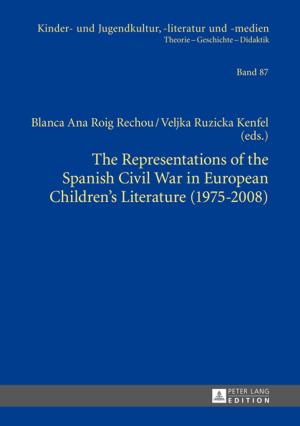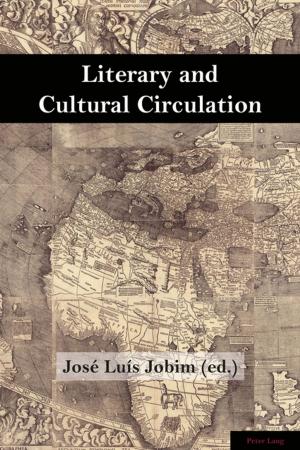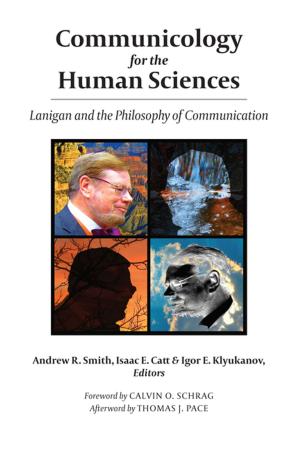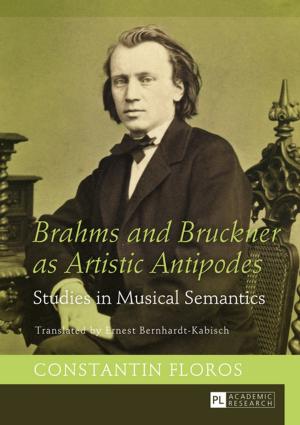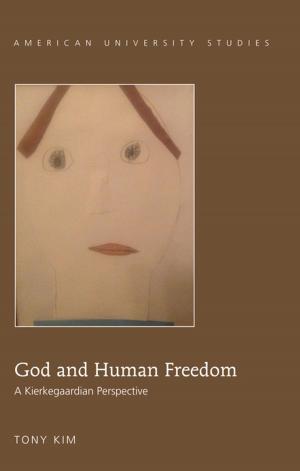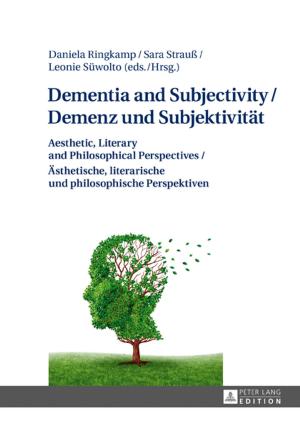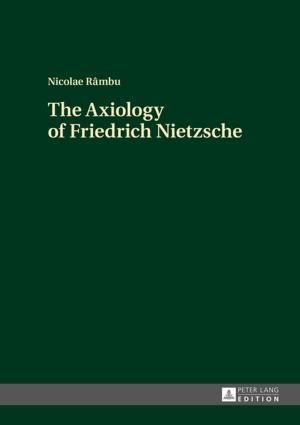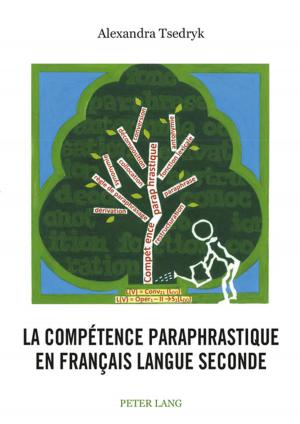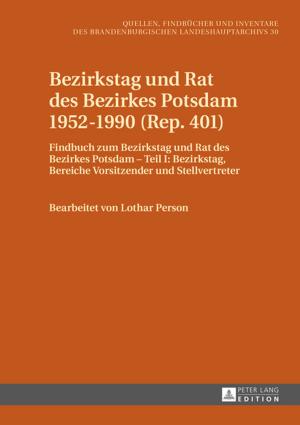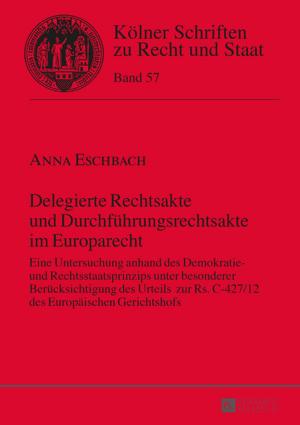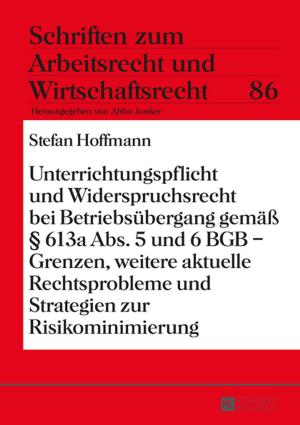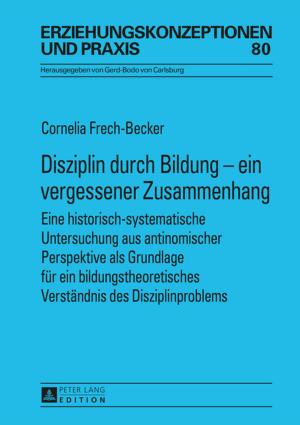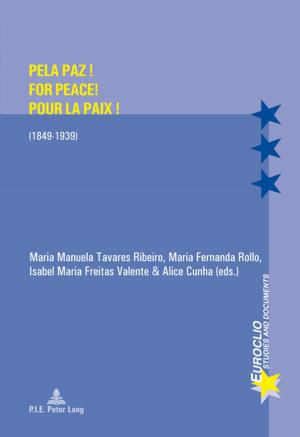Water, Towns and People
Polish Lands against a European Background until the Mid-16th Century
Nonfiction, History, Eastern Europe, European General| Author: | Urszula Sowina | ISBN: | 9783653996739 |
| Publisher: | Peter Lang | Publication: | December 18, 2015 |
| Imprint: | Peter Lang GmbH, Internationaler Verlag der Wissenschaften | Language: | English |
| Author: | Urszula Sowina |
| ISBN: | 9783653996739 |
| Publisher: | Peter Lang |
| Publication: | December 18, 2015 |
| Imprint: | Peter Lang GmbH, Internationaler Verlag der Wissenschaften |
| Language: | English |
The book describes the functions of water in Polish towns from the late Middle Ages to the beginning of the Early-Modern Era against a wide European background. It presents the issue of water supply in the context of the town as a complex social and economic organism, taking into account social relations, administration and power as well as living and working conditions. Describing water supply devices, the author reconstructs the ways in which the techniques were transferred to the Polish lands. She analyses municipal court books and documents concerning towns of various sizes in the Polish lands from the 14th to the 16th century, with particular emphasis on Kraków. In addition, she also considers archaeological and iconographical sources. Her findings provide a new insight into the alimentary and hygienic uses of water, its importance for production and crafts, and its use as a source of energy, transport and communication. This is the first broad comparative presentation of the subject in Polish and European literature.
The book describes the functions of water in Polish towns from the late Middle Ages to the beginning of the Early-Modern Era against a wide European background. It presents the issue of water supply in the context of the town as a complex social and economic organism, taking into account social relations, administration and power as well as living and working conditions. Describing water supply devices, the author reconstructs the ways in which the techniques were transferred to the Polish lands. She analyses municipal court books and documents concerning towns of various sizes in the Polish lands from the 14th to the 16th century, with particular emphasis on Kraków. In addition, she also considers archaeological and iconographical sources. Her findings provide a new insight into the alimentary and hygienic uses of water, its importance for production and crafts, and its use as a source of energy, transport and communication. This is the first broad comparative presentation of the subject in Polish and European literature.
